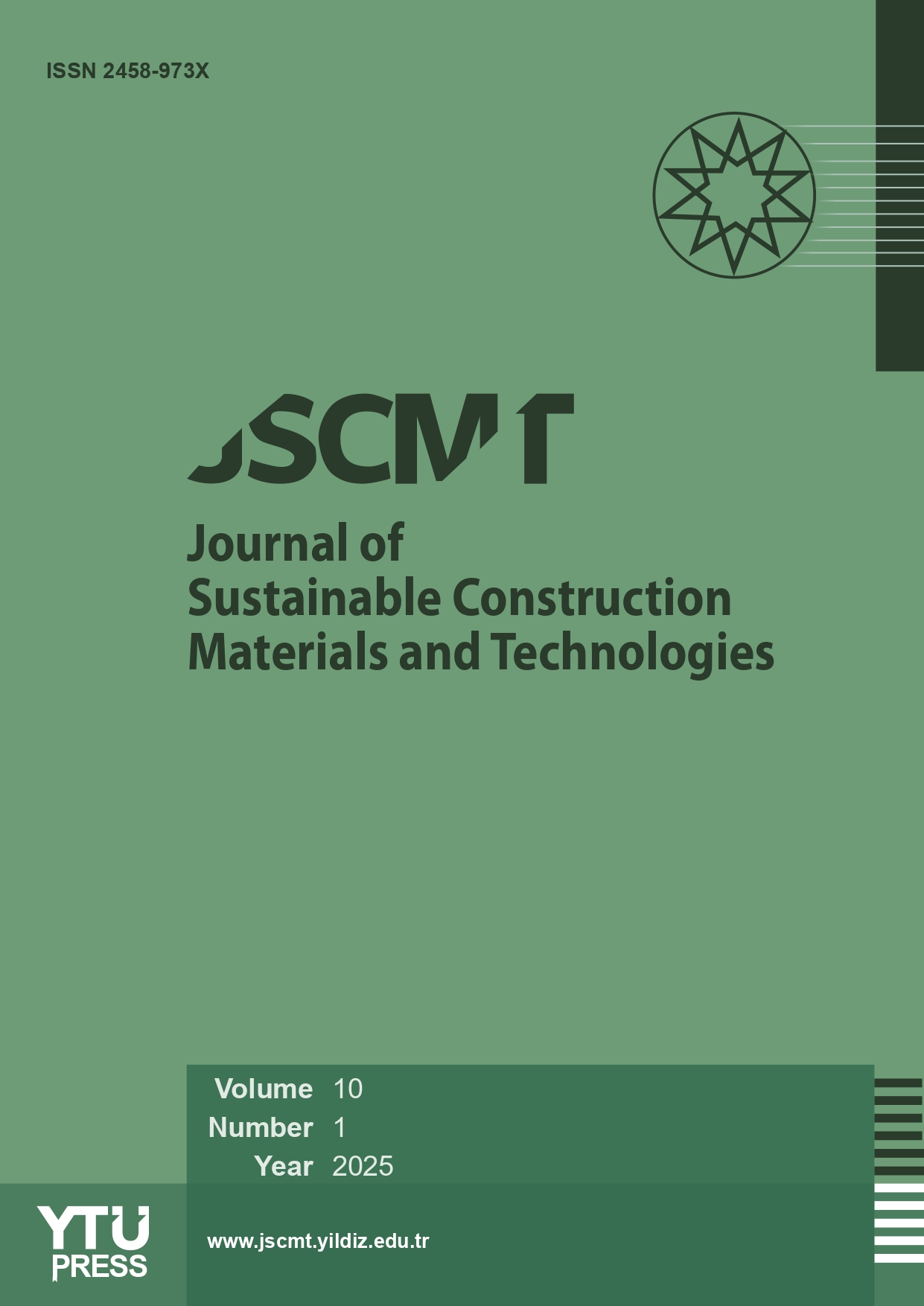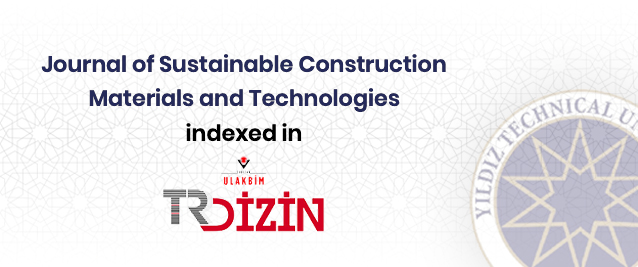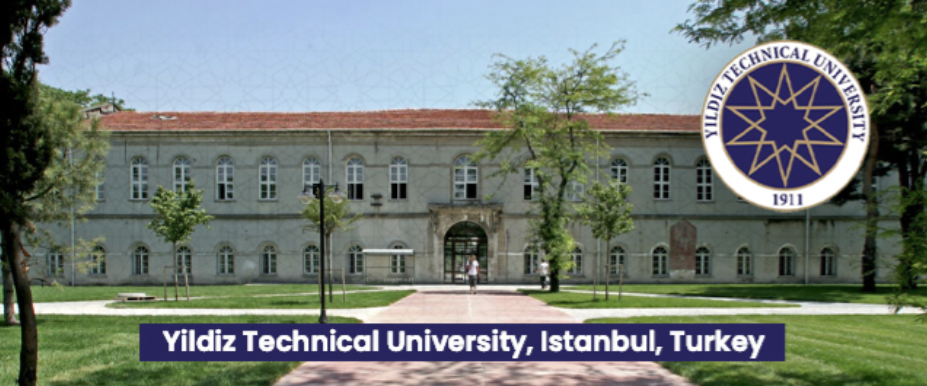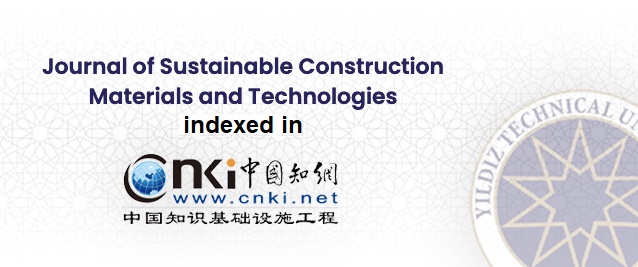Abstract
The decrease in resources in the world has led people to produce new solutions for the more efficient use of resources and to use various management techniques. One of the techniques used is Value Engineering. Value Engineering strives to increase the value of structures by optimally organizing each component that makes up the structure. Increasing the value of a structure is possible by eliminating all the unnecessary costs in line with specific criteria and by providing the optimal solution between the owner, the user, and the contractor's objectives, that is, the duration, cost, and quality. This study includes the changes the Value Engineering team made to increase the value of the materials extracted from the submarine in a Container Port Terminal project without harming the environment and making them reusable. While expanding the project value, it also aimed to reduce the project duration and cost by considering the sustainability criteria. The original project was to create a clay pool while dewatering, separating the material, filling the loose sand into the reclamation area, and removing the sludge material by sea. With the recommendation of the value engineering team, the dewatering process was transformed into a method of directly pressing the dredged loose sand into the breeding area, filtering the material with geotextile tubes, and removing the material by loading it on the pontoons. With this change in the project, 42% savings were obtained from the cost and 21% from the project duration.
















